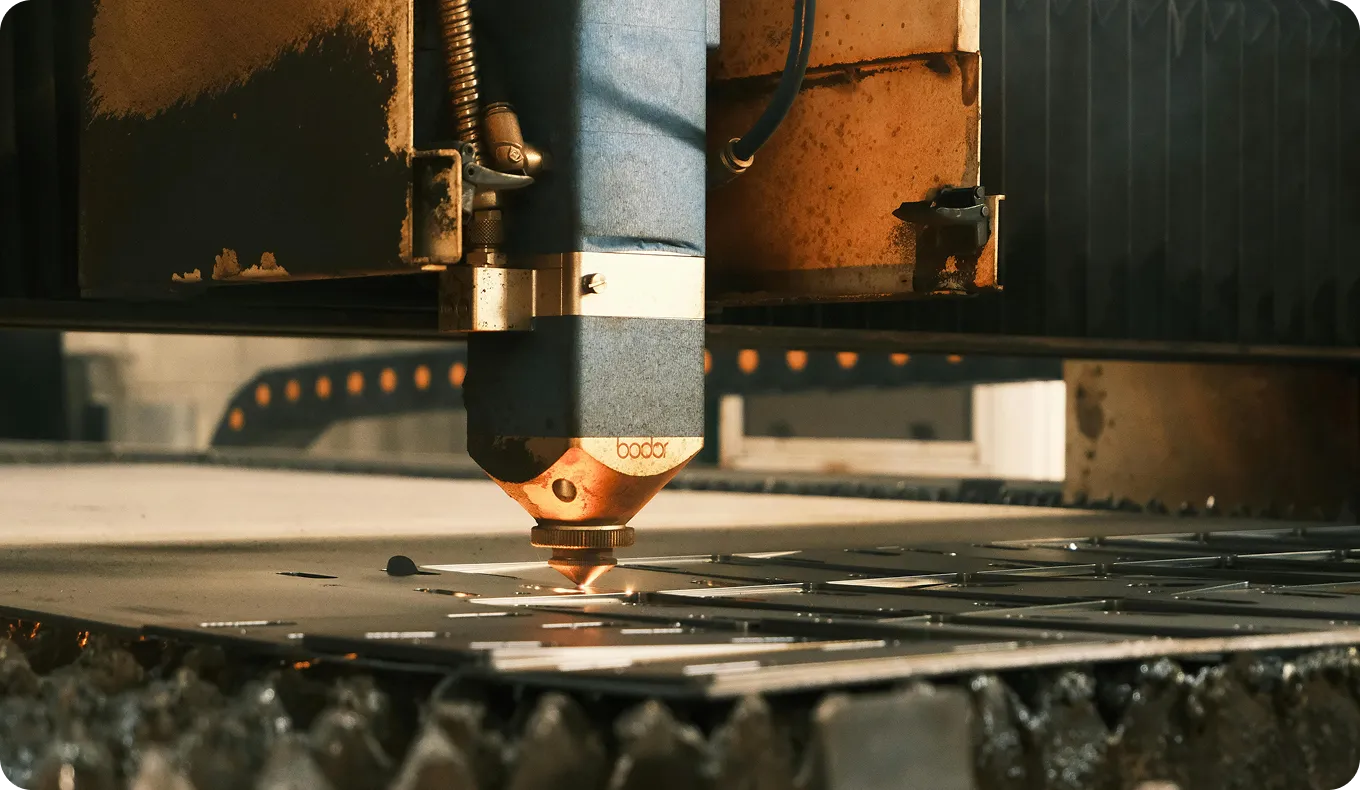GPT (Generative Pre-trained Transformer)
Entdecken Sie die Leistungsfähigkeit von GPT-Modellen: fortschrittliche transformatorbasierte KI für Texterstellung, NLP-Aufgaben, Chatbots, Codierung und mehr. Lernen Sie jetzt die wichtigsten Funktionen kennen!
GPT (Generative Pre-trained Transformer) ist eine von OpenAI entwickelte Familie von leistungsstarken Large Language Models (LLMs). Diese Modelle sind darauf ausgelegt, menschenähnlichen Text zu verstehen und zu erzeugen, was sie zu einem Eckpfeiler der modernen generativen KI macht. Der Name selbst beschreibt ihre Kernkomponenten: Sie ist "generativ", weil sie neue Inhalte erzeugt, "vor-trainiert" auf riesigen Mengen von Textdaten und basiert auf der Transformer-Architektur, einem revolutionären Ansatz in der natürlichen Sprachverarbeitung (NLP).
Die Stärke der GPT-Modelle liegt in ihrem zweistufigen Prozess. Zunächst lernt das Modell während des Pre-Trainings durch unüberwachtes Lernen Grammatik, Fakten, Argumentationsfähigkeiten und Sprachmuster aus einem riesigen Text- und Codekorpus. In dieser Phase kommt die Transformer-Architektur zum Einsatz, die einen Aufmerksamkeitsmechanismus nutzt, um die Bedeutung verschiedener Wörter in einer Sequenz abzuwägen und so komplexe Zusammenhänge erfassen zu können. Dieses grundlegende Wissen macht die GPT-Modelle äußerst vielseitig. In der zweiten Phase, der Feinabstimmung, wird das vortrainierte Modell anhand eines kleineren, aufgabenspezifischen Datensatzes an bestimmte Aufgaben, wie z. B. Übersetzung oder Zusammenfassung, angepasst.
Anwendungen in der realen Welt
GPT-Modelle wurden in eine Vielzahl von Anwendungen integriert und revolutionieren die Art und Weise, wie wir mit Technologie umgehen. Zwei prominente Beispiele sind:
- Fortschrittliche Chatbots und virtuelle Assistenten: GPT betreibt hochentwickelte Chatbots, die in der Lage sind, differenzierte, kontextbezogene Konversationen zu führen. Im Gegensatz zu einfacheren regelbasierten Bots können GPT-gesteuerte Assistenten komplexe Fragen beantworten, E-Mails verfassen und sogar kreative Inhalte generieren, was eine natürlichere Benutzererfahrung für Kundenservice-Plattformen wie Intercom bietet.
- Erstellung von Inhalten und Unterstützung: Fachleute aus den Bereichen Marketing, Schreiben und Softwareentwicklung verwenden GPT-basierte Tools zur Texterstellung. Diese Tools können Artikel verfassen, Marketingtexte schreiben, Codeschnipsel generieren und lange Dokumente zusammenfassen, was die Produktivität erheblich steigert. Dienste wie Jasper sind ein Beispiel für diese Anwendung.
GPT vs. andere Modelle
Es ist wichtig, GPT von anderen Arten von KI-Modellen zu unterscheiden:
- vs. BERT: Während beide auf Transformatoren basierende LLMs sind, ist BERT (Bidirectional Encoder Representations from Transformers) in erster Linie ein Encoder-Modell, das für das bidirektionale Verständnis von Kontext entwickelt wurde. Es eignet sich hervorragend für Aufgaben wie Sentimentanalyse, Named Entity Recognition (NER) und Textklassifikation. GPT ist ein Decoder-Modell, das für die Generierung von Text optimiert ist.
- vs. Computer Vision Modelle: GPT-Modelle verarbeiten und erzeugen Text (und manchmal Bilder, wie GPT-4). Sie unterscheiden sich grundlegend von Computer Vision (CV) -Modellen wie Ultralytics YOLO. YOLO-Modelle analysieren visuelle Daten, um Aufgaben wie Objekterkennung, Bildklassifizierung oder Instanzsegmentierung durchzuführen, indem sie mithilfe von Begrenzungsrahmen (Bounding Boxes) feststellen , was Objekte sind und wo sie sich befinden. Während GPT-4 ein Bild beschreiben kann, zeichnet sich ein Modell wie YOLO11 durch eine präzise Lokalisierung und Klassifizierung innerhalb von Bildern bei hoher Geschwindigkeit aus, die für Echtzeit-Inferenzen geeignet ist. Komplexe Systeme könnten beides kombinieren, möglicherweise verwaltet über Plattformen wie Ultralytics HUB.
GPT-Modelle gelten aufgrund ihrer umfassenden Fähigkeiten und Anpassungsfähigkeit als Basismodelle, ein Konzept, das von Einrichtungen wie dem CRFM in Stanford untersucht wird. Mit der Weiterentwicklung von GPT-3 zu GPT-4 und darüber hinaus wurde auch das multimodale Lernen eingeführt, wodurch die Modelle Bilder, Audio und Text gleichzeitig verarbeiten und interpretieren können. Da diese Modelle immer leistungsfähiger werden, hängt eine effektive Interaktion zunehmend von qualifizierter Eingabeaufforderungstechnik ab, während die Entwickler Herausforderungen wie Halluzinationen angehen und die KI-Ethik und verantwortungsvolle KI fördern müssen.






.webp)

